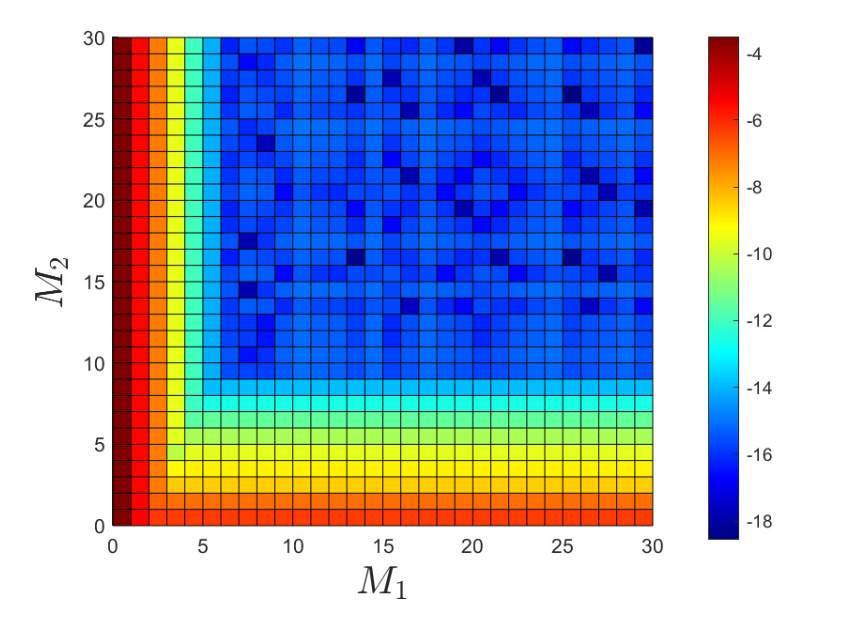
A. Medaglia, A. Tosin, M. Zanella
Partial Differential Equations and Applications, 3, 51, 2022. (Preprint arXiv)
In this paper, we focus on the construction of a hybrid scheme for the approximation of non- Maxwellian kinetic models with uncertainties. In the context of multiagent systems, the introduction of a kernel at the kinetic level is useful to avoid unphysical interactions.
The methods here proposed, combine a direct simulation Monte Carlo (DSMC) in the phase space together with stochastic Galerkin (sG) methods in the random space. The developed schemes preserve the main physical properties of the solution together with accuracy in the random space. The consistency of the methods is tested with respect to surrogate Fokker-Planck models that can be obtained in the quasi-invariant regime of parameters. Several applications of the schemes to non-Maxwellian models of multiagent systems are reported.
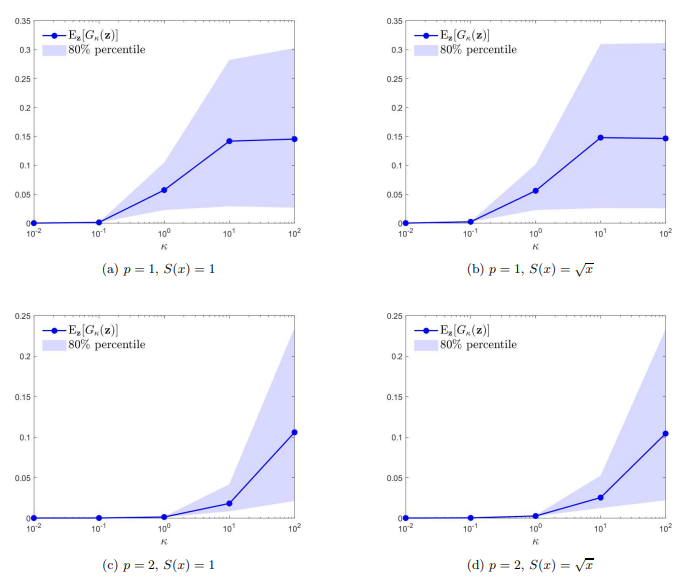
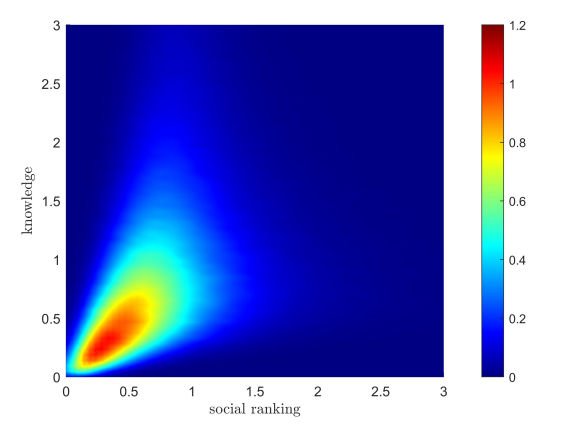
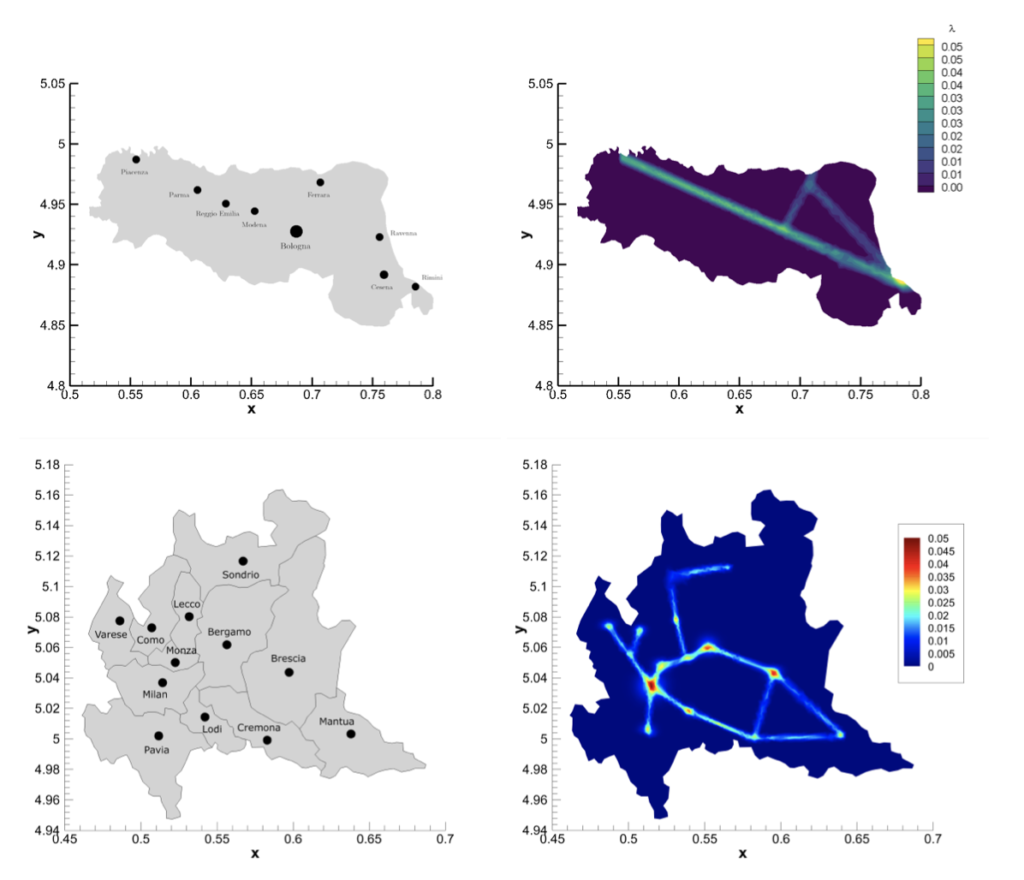
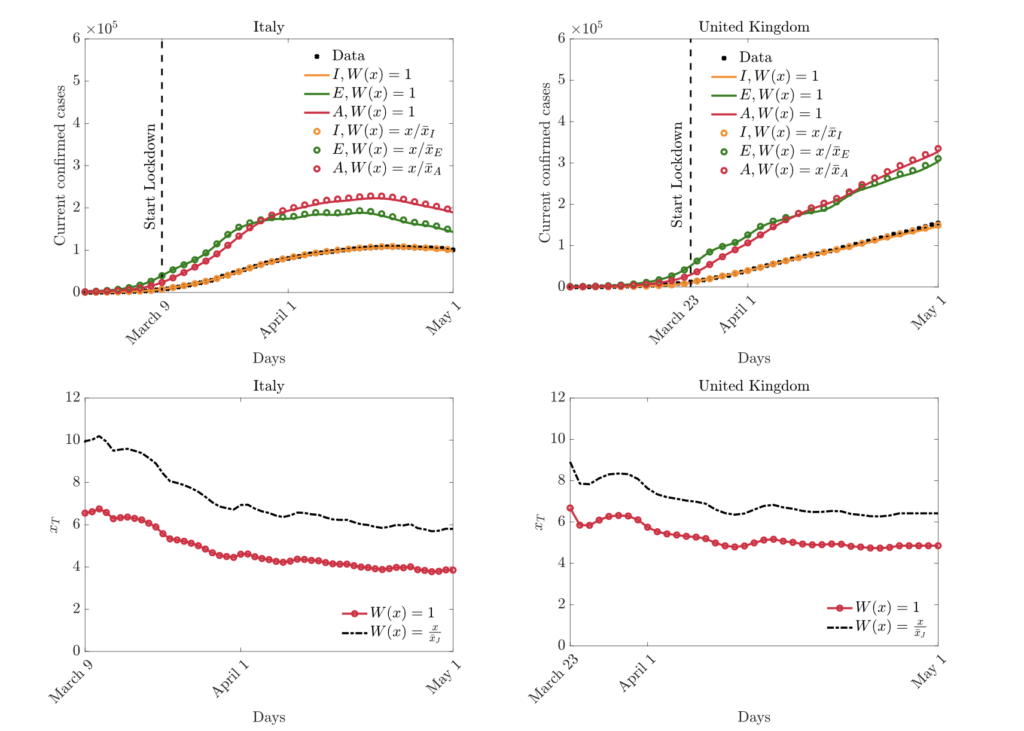
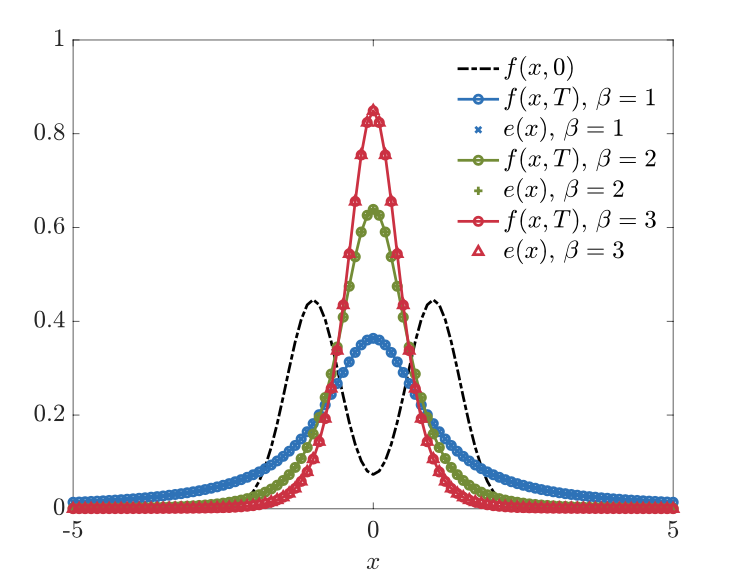
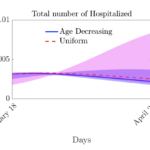 M. Azzi, C. Bardelli, S. Deandrea, G. Dimarco, S. Figini, P. Perotti, G. Toscani, M. Zanella
M. Azzi, C. Bardelli, S. Deandrea, G. Dimarco, S. Figini, P. Perotti, G. Toscani, M. Zanella